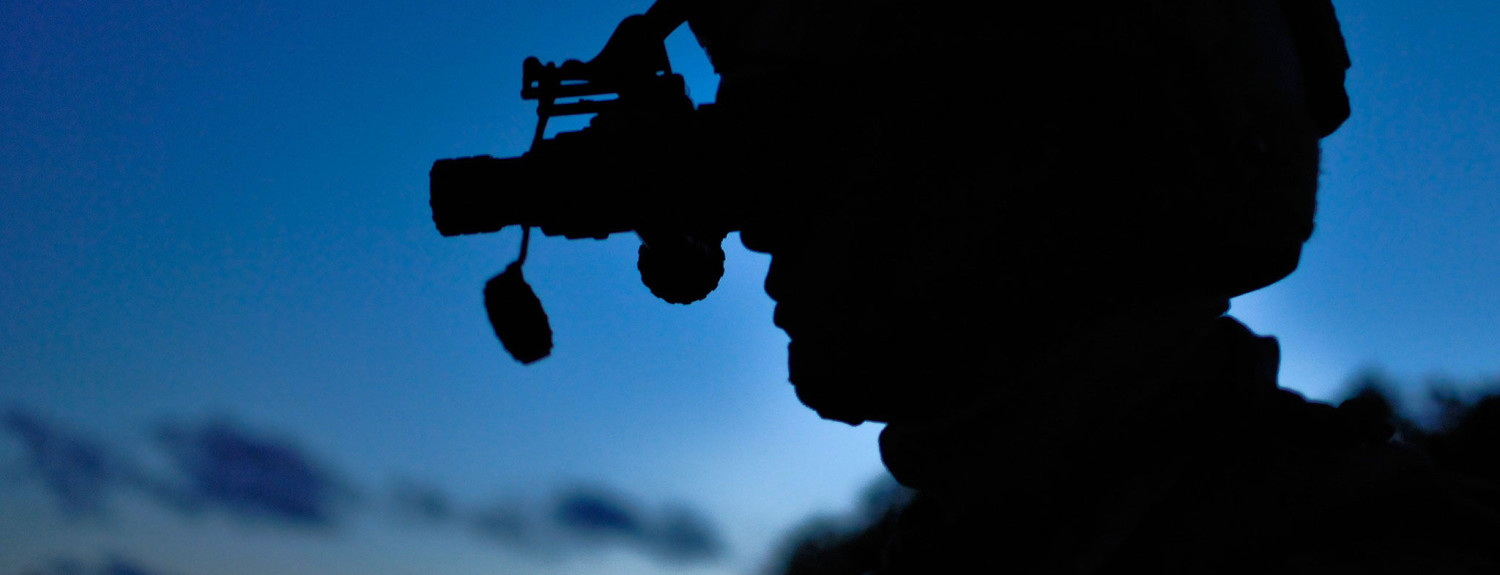Thirteen people perished when an American C-130J Hercules cargo plane crashed in the Afghanistan desert last October. The aircraft was only in the air for 28 seconds before it lost altitude and hit the ground. The dead included six U.S. airmen.
In the immediate aftermath of the attack, the Taliban tried to take credit for the tragedy. The truth is that Islamists had nothing to do with the crash.
It was actually caused by a single pair of night vision goggles.
According to a report of the crash recently released to the public, the pilot placed his goggles and its hard-shell case in front of the cockpit yolk before taking off. Wedging the case behind the yolk helped prop up the aircraft’s tail while the loading team finished adjusting the elevators. The report notes that this isn’t standard procedure.
When the crew was onboard and ready to go, the pilot put on his night vision goggles. The goggles case, however, remained jammed behind the yolk. This mistake made all the difference.
“Normally during a takeoff roll, the pilot keeps the elevator deflected down until the aircraft reaches rotation speed, at which point the pilot pulls the yoke aft, which raises the elevator, and the aircraft becomes airborne,” the report explained. “During the [pilot’s] takeoff roll, the elevator deflection decreased from positive six to eight degrees to positive three to five degrees.”
The case jammed the controls. As the pilot tried to maintain altitude and correct what he perceived as the problem, the yolk’s movement remained limited. He couldn’t lower the elevators in the right position. In less than 30 seconds, the plane nosedived.
The six Americans killed in the goggles mishap include Capt. Jonathan J. Golden, Capt. Jordan B. Pierson, Staff Sgt. Ryan D. Hammond, Senior Airman Quinn L. Johnson-Harris, Senior Airman Nathan C. Sartain, and Airman 1st Class Kcey E. Ruiz.




































